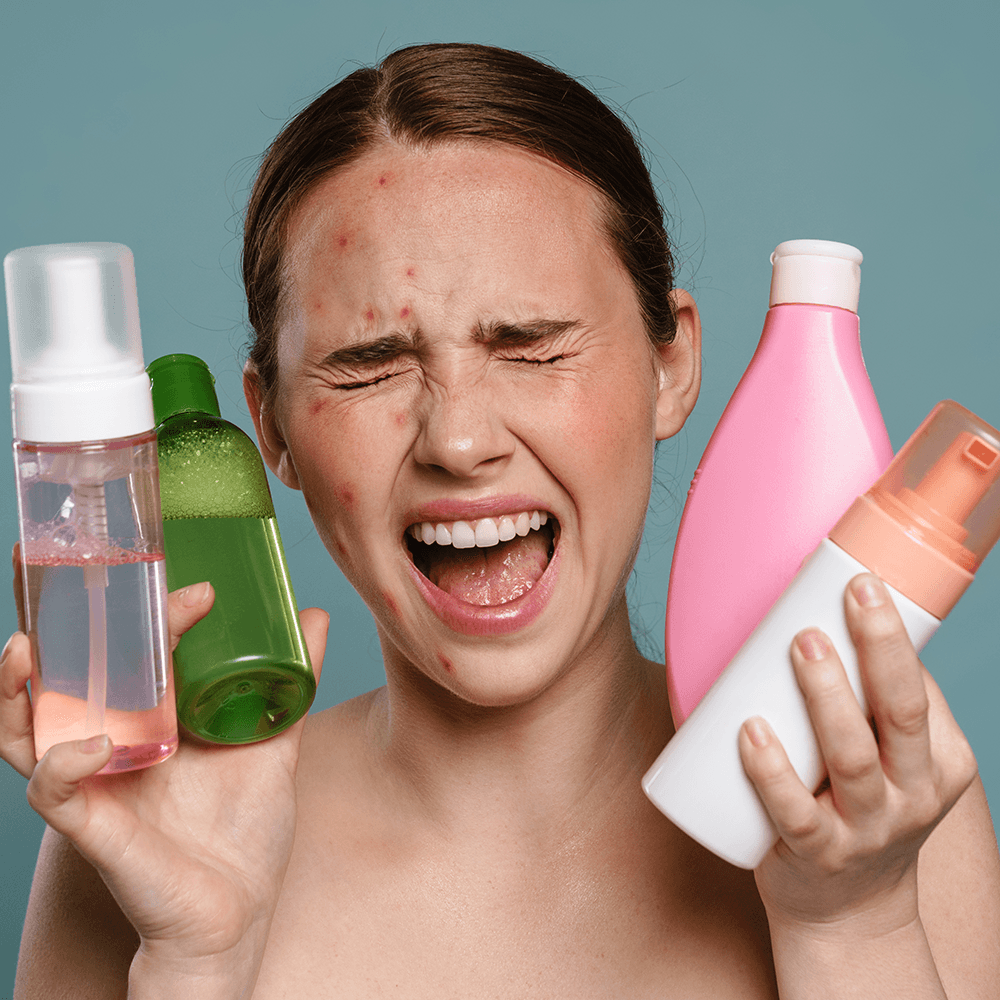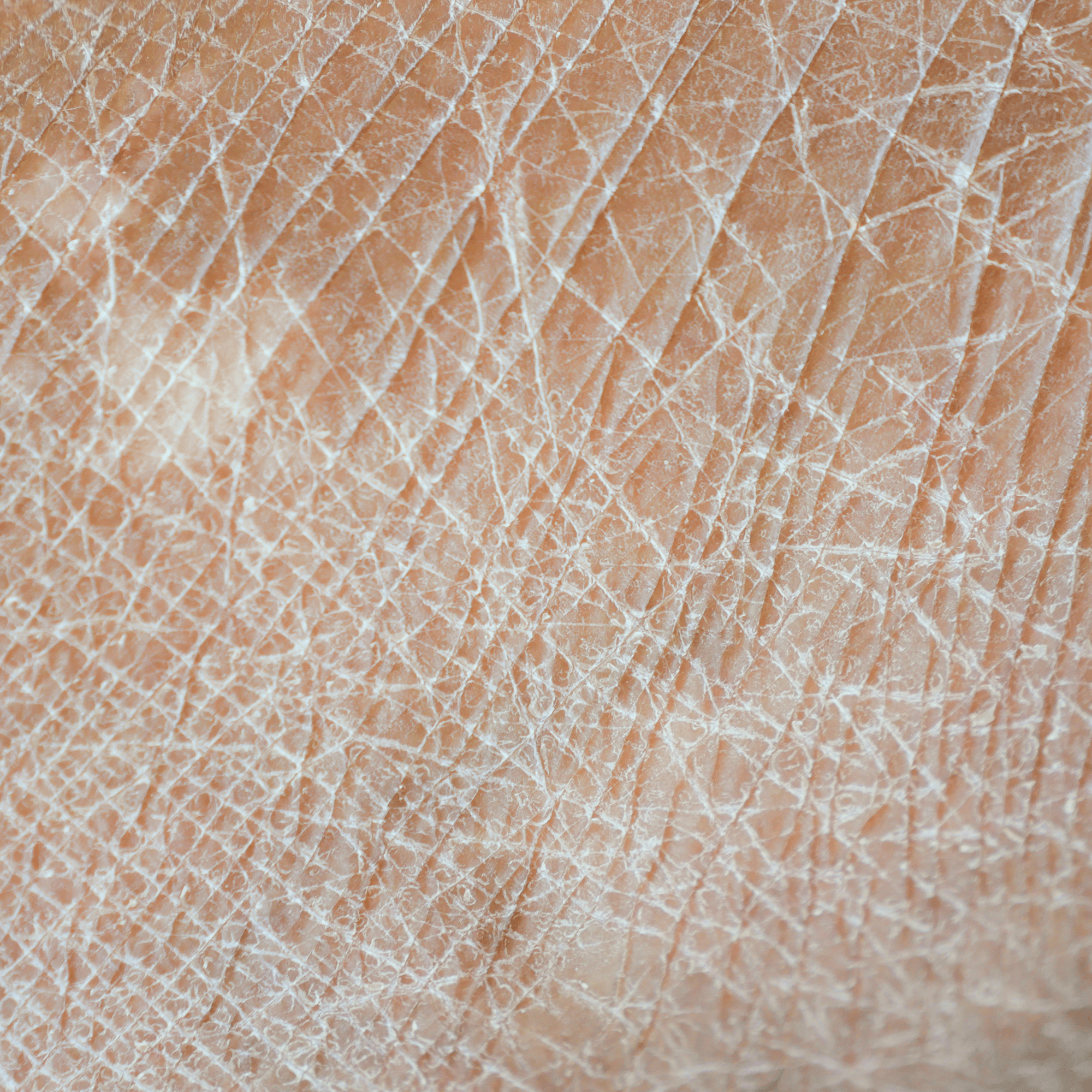Create Your Own Skincare - What Does It Take?

How to Create Your Own Skincare Product for Sale in Sweden and Europe?
Do you dream of creating your own skincare line and selling it in the Swedish or perhaps European skincare market? If so, you are not alone. The skincare industry is growing rapidly, with new brands popping up all the time.
But what does it really take to sell your own skincare line in Europe? Is it easy or difficult, and are there any alternatives like private label and white label? What are the downsides of these approaches, and why are they so popular in the industry?
We will go through all of this in this blog post.
Creating and selling your own skincare product may seem like a large project, but with the right steps, it can become a reality. For a skincare product to be sold in Sweden and within the EU, it must comply with specific regulations that ensure the product is safe for consumers. Here, we will outline the key steps to get your product approved and market-ready.
1. Safety Assessment (CPSR - Cosmetic Product Safety Report)
The first thing you need to do is to have your product undergo a safety assessment. This means that an expert reviews the product's ingredients to ensure that it is safe to use. The safety assessment examines:
- Whether the ingredients are safe.
- How much of each ingredient is used.
- How the product is intended to be used and for whom.
A safety report is mandatory before you can sell your product.
2. Product Information File (PIF)
After the safety assessment, you need to compile a "Product Information File" (PIF). This file collects all important information about the product and must be available for authorities if they want to review it. The PIF file includes:
- The safety assessment (CPSR).
- A list of ingredients.
- How the product is manufactured.
- Tests showing that the product is of high quality and safe.
You must retain the PIF for at least 10 years from the sale of the last product.
3. Registration in CPNP (Cosmetic Product Notification Portal)
The next step is to register your product in the EU's central portal for cosmetic products, CPNP. This is a database where all cosmetic products sold in the EU must be reported. You will fill in details such as the product's name, ingredients, and your contact information. Once this is complete, you can start selling the product throughout the EU.
4. Stability Testing and Microbiological Safety
Before the product can be launched, you must also test that it remains stable and safe over time. Stability tests show that the product does not change (e.g., that the ingredients do not separate) and that it does not spoil due to bacteria or mold. The tests ensure that the product maintains the same quality throughout its shelf life, which is important for it to be safe for consumers.
What is Private Label?
If you want to sell skincare products but do not wish to create your own unique products from scratch, you can utilize something called "private label." This means you purchase finished or nearly finished products from a manufacturer and sell them under your own brand. Here’s how it works:
1. Choose a Product: You select a product from a manufacturer’s offerings. They often have several products ready to be customized with your brand.
2. Design the Packaging: You decide how the packaging and label should look. This way, the product can appear as if it comes directly from your company, even though someone else manufactured it.
3. Quick Launch: Since the products are already developed, you can enter the market more quickly and at a lower cost.
Private label is particularly popular among smaller businesses as it allows them to sell quality products without needing to invest in research and product development. Manufacturers often assist with all necessary steps, including safety assessments, registration, and testing.
Why is Private Label So Popular?
Many companies choose private label because it is an easy way to launch their own skincare products. You get help with all the hard parts, like safety testing and documentation, while you can focus on building your brand and selling the products.
What is White Label, and How Does It Differ from Private Label?
In addition to private label, there is another term in product development and sales called white label. Although the two terms are often used interchangeably, there are significant differences between them. Let’s take a closer look at what white label is and how it differs from private label.
White Label
White label means that a manufacturer creates a standard product that can then be sold by different companies under their own brands. The products are completely identical for all companies selling them, and the only thing that changes is the brand or logo on the packaging. The manufacturer retains full control over the product, and the companies that purchase it have no ability to change the product's ingredients, scents, or properties.
Characteristics of White Label Products:
- Standard Product: The same product is sold to multiple companies.
- No Customization: Companies can only add their brand or logo but cannot change the product's content or features.
- Fast and Simple: White label products are ready to sell almost immediately, as they are already tested and approved.
Difference Between Private Label and White Label
The biggest difference between private label and white label lies in the degree of customization and exclusivity:
1. Customization:
- Private label products can be customized based on the company’s needs. Companies can sometimes change ingredients, scents, or other features to make the product unique.
- White label products offer no customization. Companies receive a finished product where only the packaging and brand can change.
2. Time and Cost:
- Private label requires more time and cost, especially if you want to customize the product to match your brand.
- White label is a faster and cheaper solution, as the products are already finished and ready to market.
In general, when you see a company launching multiple skincare products simultaneously, you can almost be certain that it is a private label or white label range. This means, as described above, that the same or similar products already exist on the market, possibly with very small differences.
In Europe, private label products account for a significant share of the skincare market. It is estimated that about 30-35% of all skincare products sold in the European market come from private label brands. These products are particularly popular among retailers who want to offer customized solutions under their own brand without having to build their own production facilities.
Regarding white label products, which are standardized and pre-manufactured products sold under various brands, these represent a slightly smaller share of the market, but they are popular for their cost-effectiveness and quick launch time.
Another interesting aspect is that a large portion of the skincare products sold, whether private label or white label, are often produced in the same factories. It is estimated that about 60-70% of all skincare products on the market are manufactured in shared facilities, where the same factories produce products for both private labels and larger brands. This is particularly true for companies that specialize in contract manufacturing and thus produce products for multiple different brands.
Sources:
1. https://www.productmkr.com/europe-skincare-manufacturers/
2. https://flexcosmetics.com/blogs/industry/private-label-vs-white-label-cosmetics-which-is-right-for-your-brand
3. https://blog.metacnbeauty.com/top-private-label-cosmetic-manufacturers/
4. https://metacnbeauty.com/blogs/private-label-cosmetics/what-is-cosmetics-white-label




Comments